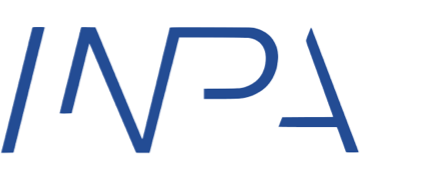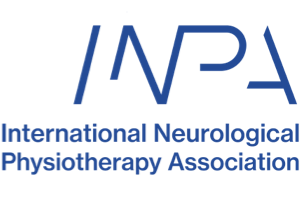Vestibular Rehabilitation General Information
What is the vestibular system?
The vestibular system is one of the three body’s sensory systems (vision, vestibular, somatosensory) that provides information about our position and movement in space. The vestibular system has two parts; A peripheral vestibular apparatus in each inner ear that detects head movements and position, and parts of the brain that process the information collected by the ears.
Vestibular disorders
While there are many conditions that can cause vestibular loss, here are some common vestibular disorders that include:
- Benign Paroxysmal Positional Vertigo (BPPV)
- Labyrinthitis
- Vestibular neuritis
- Vestibular migraine
- Ménière’s disease
The vestibular system may also be damaged by acquired brain injury (concussions, traumatic brain injury, stroke), or diseases such as Parkinson disease or Multiple Sclerosis.
Symptoms of vestibular damage/loss
When the vestibular system is not working at 100% symptoms may include:
- Vertigo (an illusory sense of motion)
- Light headedness or Wooziness
- Balance problems
- Vomiting
- Nausea
What is Vestibular Therapy?
Vestibular therapy is a comprehensive group of treatments designed to reduce the symptoms of vestibular loss, especially dizziness/vertigo and balance problems. These exercises include:
- ‘Vestibular Adaptation’ exercises designed to improve the function of the vestibular system
- Substitution exercises designed to optimize the function of other systems to compensate for vestibular loss
- Motion habituation exercises, which allows the body to move without triggering symptoms
- Balance training
- Gait (walking) training
A vestibular therapy program is designed for each individual depending on their unique needs.


